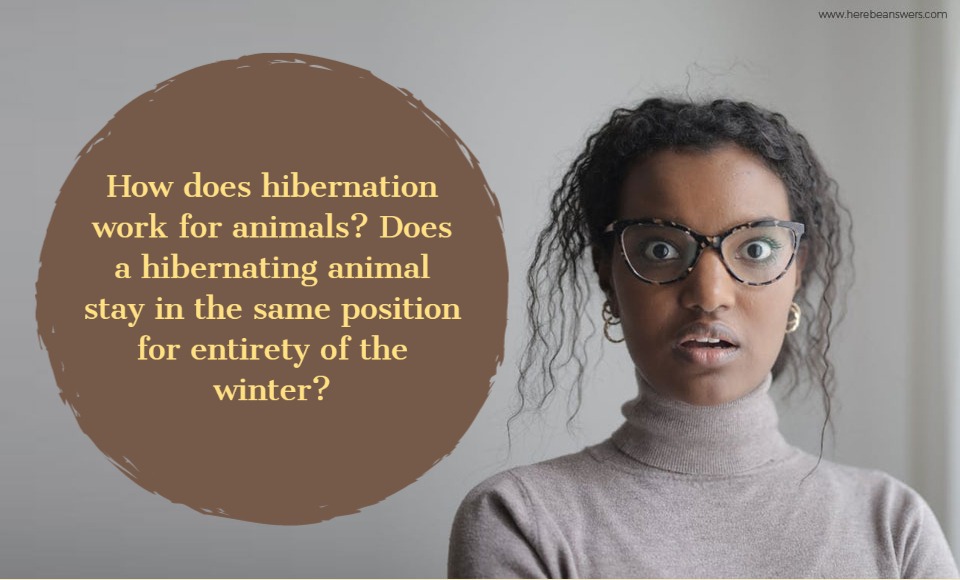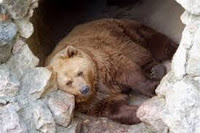Nature has created every living thing with uniqueness. Each specie has its own lifestyle. There are a lot of special conditions from which every living being goes through. Some of these conditions include challenges to survive while some can be just a way of living.
But no matter what the situations are, every animal has a built-in mechanism to cope up with anything. Indeed, Mother Nature has set up different ways for all her residents to overcome harsh conditions.
For example, we human beings, have a body that can tolerate different environmental changes. We tend to survive in extreme climatic conditions and adopt ways to overcome different weathers.
But there are also some creatures whose bodies cannot survive and tolerate such harsh climatic changes and require some help. That is where the process of hibernation comes through. Now let’s understand what hibernation is, and how is it so helpful for animals to overcome the harsh environment.
Hibernation is basically defined as a survival technique for animals like bats or butterflies to survive during cold and dark winters. In this process, they can live without having the urge for food or need of migration to warmer areas.
In this state, animals become physiologically inactive. Thus, this produces a drop in their body temperature and also slows down their metabolism. This adaptation is usually observed during the winter season. This process helps them in the times when they can’t access enough food or water for survival.
Hibernation can continue for weeks or even months, depending on the energy reserve of the animal before it becomes inactive. Its body continues functioning in its slowed-down state by feeding on fat stores that the animal had accumulated before hibernating.
This process is more profound than regular sleeping. It varies from long, deep unconsciousness to light spells of disability or inactivity, which depends on the kind of species.
There are many forms of hibernation. Not every animal that hibernates does so in the same way. Some animals, for example, bats, sleep deeply and do not wake up during hibernation. While other animals, like marmots, get up from time to time. Also, they don’t sleep all the time, but wake up and then sleep again – they don’t stay in the same position, they might turn around and move arms and legs to be comfortable.
Different ways of hibernation are determined mostly by temperature levels. When it gets cold outside, animals get ready to hibernate. When it warms up, they wake up. So, the whole process simply depends on weather conditions every year.
Despite the different forms, the main function of hibernation remains same for every animal species. What they all have in common is that this process initiates a passive and reduced state. During the months or weeks of hibernation, they don’t eat. That’s why their metabolism is reduced. As a result, their body temperature gets low, as is their heart and breathing rate. This is what makes hibernation different from normal sleep.
How Do Hibernating Animals Know When To Wake Up?
Not all animals’ wake up at the same time. The length of hibernation varies. The signal to awake from hibernation is inside the animal’s body. They have an internal alarm system that is controlled by different chemical reactions within the body.
To wake up, they need a lot of energy as the body fires up the “engines” again after a long break. This can prove to be exhausting for some animals. Another interesting fact about hibernation is that if an animal is woken up in the middle of it, it can die due to the sudden change in body functions. The waking up process is also driven by hormones and can occur during hibernation if the animal gets disturbed or has to flee/move.
Isn’t nature amazing? Who would’ve thought that an animal could survive months without food? Surely, nature is perfect in all its ways.

